The Writing on the Wall
ingrid_vc so. CA zone 9
10 years ago
Featured Answer
Sort by:Oldest
Comments (22)
hoovb zone 9 sunset 23
10 years agolast modified: 9 years agoKippy
10 years agolast modified: 9 years agoRelated Discussions
Please suggest wall color
Comments (8)I think a gray-brown linen color would work--it is especially good with reds, creams, browns and black. My DD's apartment is in those colors, too! She has a red and cream mattress ticking upholstered sofa from Pottery Barn, a black iron table with glass top with black iron chairs (rush seats), a red bench-type coffee table, cream colored TV stand and distressed brown wood end tables. Art is all black and white photographs... we purchased her wall color at Lowes from a card of whites. It was either Gilded Linen or Pirate Coast, I remember her trying to decide between the two. Both are very nice and not terribly expensive, which was important to her as she is renting....See MoreYou Know You're Remodeling When.... - A Classic
Comments (18)This is a great thread. We're not remodeling but building a new house, and man, can I relate to a lot of these. ...you know every lighting fixture, faucet, sink, appliance by memory because you have endlessly researched each one. you freak out your own GC because you can discuss minute details about your house/kitchen from memory down to the 1/8". you have more e-mails from your GC/subs than you do from your friends. you wake up in the middle of the night in a cold sweat about some critical detail and then go downstairs to e-mail your GC about it right at the moment before you forget....See MoreHelp with sconce wiring
Comments (3)One side of the fixture wire should have a raised rib... the ribbed side may or may not have writing on it. The ribbed side is the identified wire and should go to the grey wire. The other goes to yellow....See MoreIf you're going to write on the wall...
Comments (3)I think you're right, playing_hookie! :) Spanky_md, I know. I just couldn't believe with all those layers (already knowing I am not a Kilz fan) there it was. Right in front of me. This morning I've gone around the house with Zinsser's oil-based, stain blocking primer. I've painted over all my fun things and some that were hopefully a bit wise. Ironically, I'm not one who has words in 12" wooden letters or plaques all over the place. This was just for fun. Anyway, I'm waiting for it to dry give that hopefully the last coat....See Morejerijen
10 years agolast modified: 9 years agoportlandmysteryrose
10 years agolast modified: 9 years agofloridarosez9 Morgan
10 years agolast modified: 9 years agonanadollZ7 SWIdaho
10 years agolast modified: 9 years agoingrid_vc so. CA zone 9
10 years agolast modified: 9 years agofogrose
10 years agolast modified: 9 years agoKippy
10 years agolast modified: 9 years agoUser
10 years agolast modified: 9 years agoKippy
10 years agolast modified: 9 years agomohavemaria
10 years agolast modified: 9 years agomendocino_rose
10 years agolast modified: 9 years agoPoorbutroserich Susan Nashville
10 years agolast modified: 9 years agoportlandmysteryrose
10 years agolast modified: 9 years agobart_2010
10 years agolast modified: 9 years agojerijen
10 years agolast modified: 9 years agoingrid_vc so. CA zone 9
10 years agolast modified: 9 years agocatspa_NoCA_Z9_Sunset14
10 years agolast modified: 9 years agoportlandmysteryrose
10 years agolast modified: 9 years agoaltorama Ray
10 years agolast modified: 9 years ago
Related Stories

DECORATING GUIDES10 Wall Writings That Look on the Bright Side
Words have power, and these use it for good with wall typography that encourages, uplifts and humors
Full Story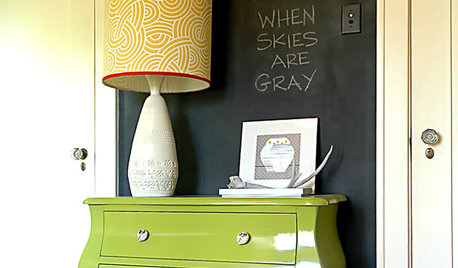
DECORATING GUIDESDiscover the Draw of Writing on the Walls
Let your freehand break free with write-on wallpaper, dry-erase paint and other design inventions that celebrate the scribble
Full Story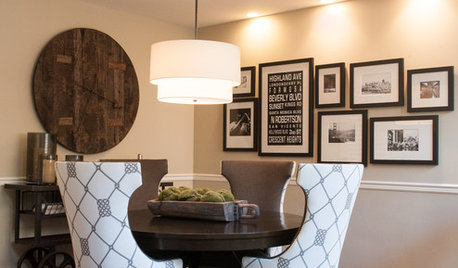
SHOP HOUZZShop Houzz: Writing on the Walls
Typography artwork worth more than a thousand words
Full Story0

FURNITUREA Love Letter to Writing Desks
Handwritten notes often become etched in our memories, but these writing desks are memorable in their own right
Full Story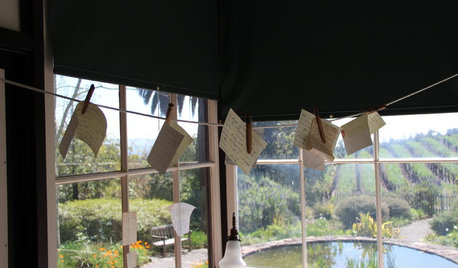
RANCH HOMESSee the Estate That Drove Jack London to Write
In honor of the ‘Call of the Wild’ author’s birthday January 12, we tour the reason he wrote all those books
Full Story
DECORATING PROJECTSDIY Project: Vintage Book Wallpaper
Give your home getaway a well-read look with writing on the wall
Full Story
SHOP HOUZZTell a Story With Wallpaper
Write your own design narrative with expressive wall coverings that set a mood
Full Story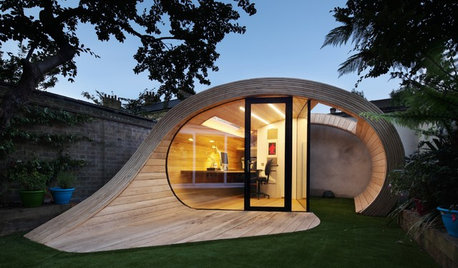
OUTBUILDINGSIs It a Shed? An Office? Neither — It’s a ‘Shoffice’!
This sinuous structure in a London backyard supports gardening and writing in a most unusual fashion
Full Story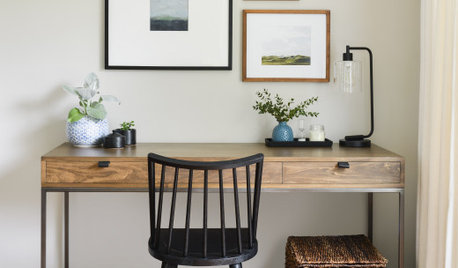
LIFESimple Pleasures: Put Pen to Paper
Note writing a lost art? Not when you have a nice selection of papers, a dedicated spot and the right frame of mind
Full Story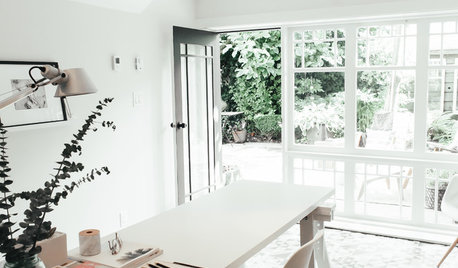
STUDIOS AND WORKSHOPSRoom of the Day: Garage Is Transformed Into a Dreamy Studio
An eclectic mix of old and new creates an inspiring, distraction-free space for writing
Full StorySponsored
Industry Leading Interior Designers & Decorators in Franklin County






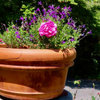
Tessiess, SoCal Inland, 9b, 1272' elev